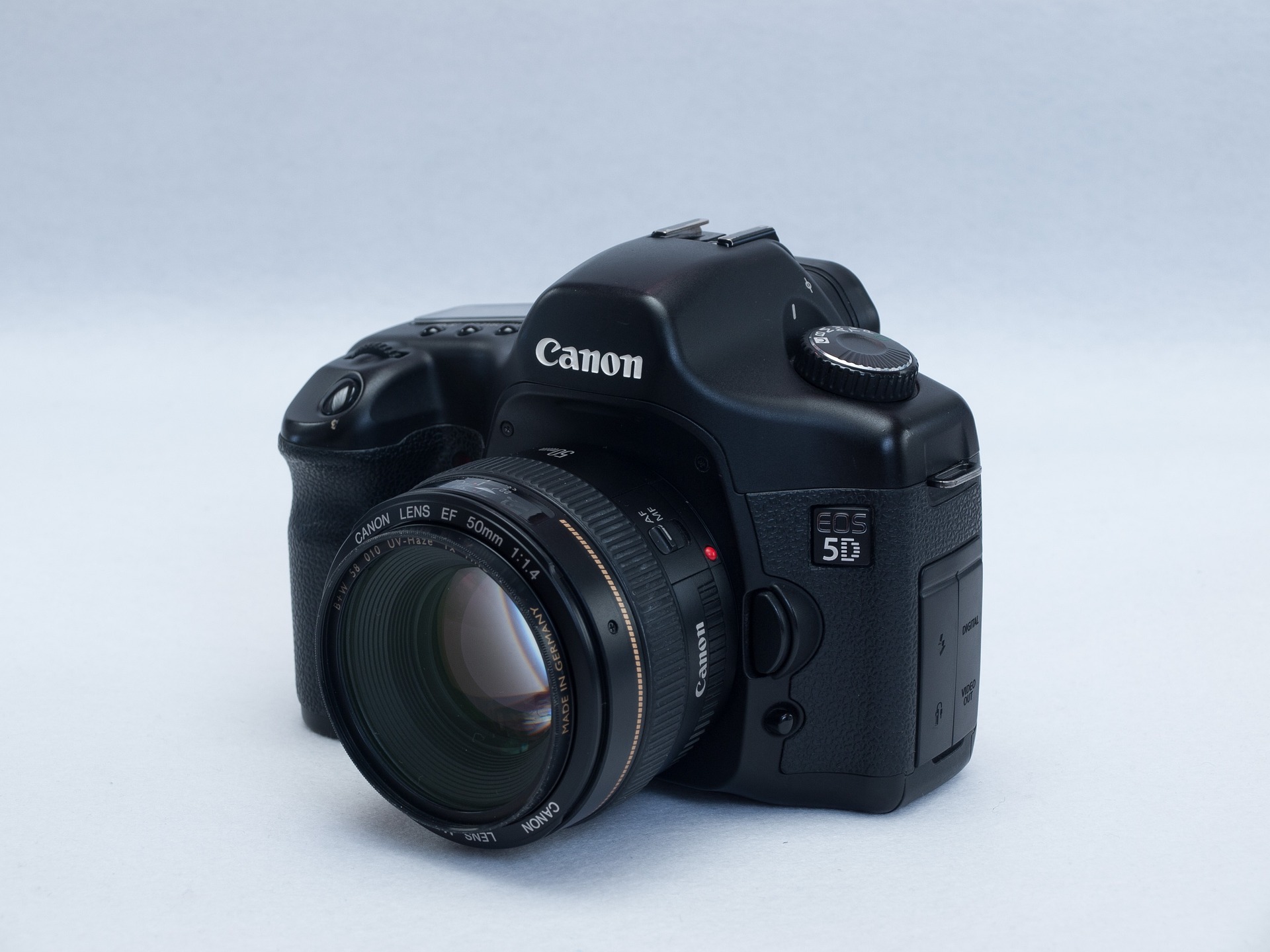"Eye-Tracking Tech: A Vision for the Future"
In the world of tech, it's all about looking forward. But what if your computer, smartphone, or even your car windshield could look right back at you? Welcome to the world of eye-tracking technology—an enticing blend of science fiction and reality that's reshaping the way we interact with our devices.
Gazing Back at the History
In the 1950s, psychologists started using eye-tracking to study reading and visual processing. But the technology remained largely confined to research labs until the 1990s, when advances in computing power and camera technology enabled the development of commercial eye-trackers. Despite these advances, early eye-tracking systems were bulky, expensive, and difficult to use—far from the sleek, user-friendly devices we see today.
The Present State of Eye-Tracking
Fast forward to today, eye-tracking has moved out of the lab and into our daily lives. From gaming to advertising, pharmaceuticals, and even automotive industries are leveraging this technology to create more immersive, personalized experiences. In the gaming world, for instance, companies like Tobii Tech are creating eye-tracking systems that allow players to control their in-game characters with nothing more than a glance.
Product in Focus: Tobii Tech’s Eye Tracker
Tobii Tech’s Eye Tracker 5, priced at around $229, is a prime example of cutting-edge eye-tracking tech. This slim device, which attaches to the base of a computer monitor, uses near-infrared light to track the movement of your eyes. It then translates this data into inputs that can control a game, navigate a website, or interact with an application. It’s a revolutionary way to approach computing, offering a new level of immersion and control.
Market Impact and Future Prospects
As eye-tracking becomes more mainstream, its potential to disrupt traditional tech interfaces is significant. It could make our devices more intuitive to use, and even help reduce screen time by allowing for more dynamic, physical interactions. And as the technology continues to develop, we might see eye-tracking incorporated into augmented reality (AR) and virtual reality (VR) headsets, car windshields, and much more.
A Vision for the Future
In the future, eye-tracking could become as commonplace as touchscreens are today. It could help us interact with our devices in more direct, intuitive ways. It could also open up new possibilities for people with physical disabilities, giving them a powerful new way to communicate and interact with the world. In the realm of eye-tracking technology, the future is looking bright—and it’s staring right back at us.
From its roots in psychological research to its potential to revolutionize our interactions with technology, eye-tracking is a fascinating field. It’s a testament to the power of innovation, showing us that sometimes, the most powerful tech breakthroughs are the ones that feel the most natural. And as we look ahead to the future of eye-tracking, it’s clear that the best is yet to come.





